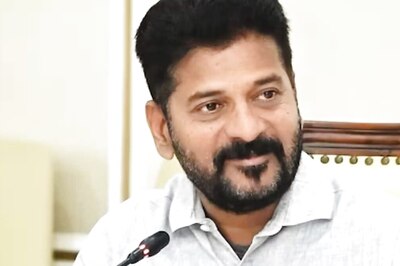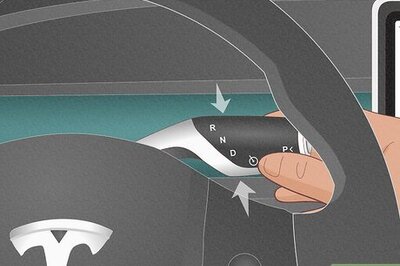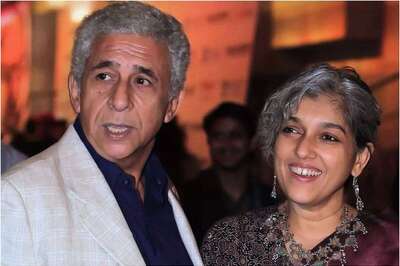
views
The chief minister said the city's population has increased from 1.25 crore in 1994 to 2.25 crore in 2019, but its water share has not been augmented proportionally.
"Delhi Chief Minister @ArvindKejriwal called on Union Jal Shakti Minister Mr Gajendra Singh Shekhawat @gssjodhpur and demanded fresh allocation of Delhi's water share... ," a government spokesperson tweeted.
Earlier, at the foundation stone-laying ceremony for Chandrawal Phase-2 water treatment plant, Kejriwal said, "Delhi does not have a water source of its own. It's allocation (quota) of Yamuna and Ganga water was decided in 1994."
"In the last 25 years, the city's population has increased from 1.25 crore to 2.25 crore, but its water quota remains unchanged, barring what we received through the Munak Canal. We will urge the Centre to increase it," he said.
"Delhi is the national capital and ensuring enough drinking water in the city is a collective responsibility of every government. We are not demanding water for irrigation, we need drinking water," he said.
At present, Delhi gets its water from the Ganga canal, the western Yamuna canal, the Bhakra canal and the Yamuna river. Besides, the DJB draws 80 million gallons of groundwater per day.
The 105-MGD water treatment plant (WTP) at Chandrawal comes after a gap of 13 years. It will be constructed at a cost of Rs 598 crores in three years.
"At present, we are supplying 930 million gallons of water per day (MGD) against the demand of 1,200 MGD," Kejriwal said.
Chandrawal Phase-2 will have the advanced technology of ozonisation and activated carbon to ensure uninterrupted working of the plant.
It will be able to treat high ammonia content up to four parts per million (ppm) in the raw water. Earlier, the plant had to be shut down whenever ammonia content increased to one ppm,
resulting in disruption in water supply in its entire command area.




















Comments
0 comment